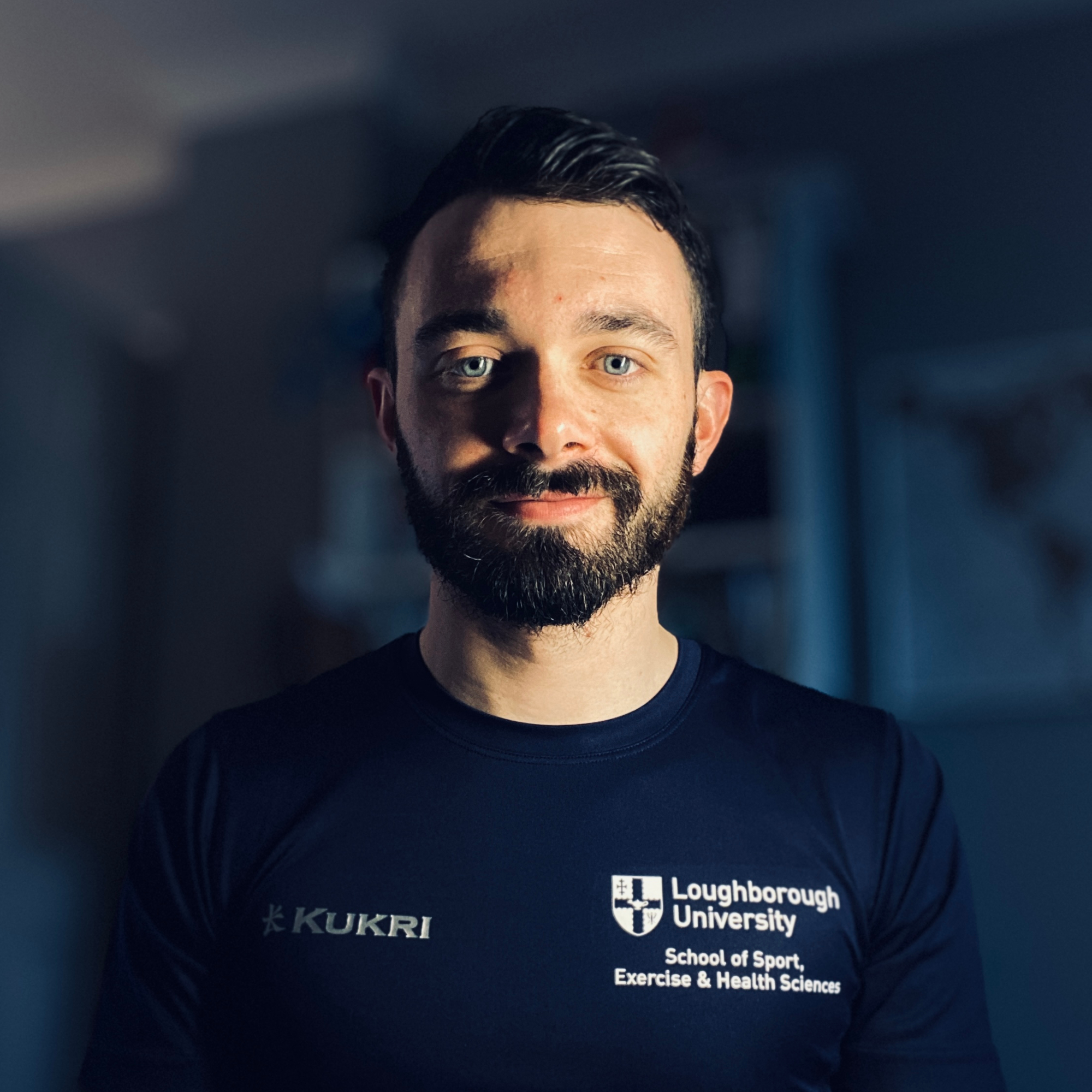Ask a coach: ‘How much time should cyclists spend in the gym?’
From the bare minimum to the perfectly optimized, here are the benchmarks for your gym work duration


The benefits of strength and conditioning work are often discussed, but you may still be wondering just how much time you should really be setting aside for the gym. Either you might want to know: ‘If I had all the time in the world what would be the optimal amount?’ Or conversely: ‘If I am time crunched, what should my approach be?’
As winter training begins, and rides get wetter and colder, now is the perfect time to incorporate some strength and conditioning work. Cycling coach Alex Welburn runs through what you need to consider…

Performance cycling coach Alex Welburn is one of the experts who will be answering your questions in Cycling Weekly's Ask a Cycling Coach series, online every Wednesday. He's currently completing a PhD on Critical power and W' at Loughborough University whilst also managing the Performance Project, in which he coaches athletes and provides consultation.
What are the benefits of strength training?
There are two main benefits of strength training for cyclists: performance improvements and injury prevention. The latter comes into play in various ways. For example, a strong posterior chain may lead to fewer imbalances, plus it can help with bone health by increasing and/or maintaining bone density.
One of the things we don’t want to do in the gym is replicate what we do on the bike. By this I mean that we don’t want to be doing lots of reps with low weights. We want to get stronger, thus we need to create a sufficient stimulus to evoke those strength improvements. This is broadly speaking going to be around 70-80% of your 1 rep max or an Rate of Perceived Effort (RPE) of around 7/8 on your final rep.
Don’t get caught up trying to go super heavy in the first few seasons, though. Ease yourself in, as Delayed Onset Muscle Soreness (DOMS) will be rather prevalent and you want to have good form throughout so as not to increase the risk of injury.
It can be a good idea to have a general preparation phase for the first 4-8 weeks. Here you are working between 8-12 reps and 3-4 sets. Complete your big compound movements (such as squats or deadlift) first, and keep things simple with a session length of around 40-60 minutes as a rough guide. By completing this phase, we are enabling our body to get used to the gym load and the weight should now be manageable.
Performance benefits
Get The Leadout Newsletter
The latest race content, interviews, features, reviews and expert buying guides, direct to your inbox!
This is always a good discussion, often between anecdotal evidence and research. It can reduce the oxygen cost at a given effort. Typically, this is around 10 mL of O₂ because this improves your cycling economy. Whilst you have heard of efficiency, this is slightly different. Efficiency is the total metabolic (gross) cost vs. the power (net) you produce, typically seen between 16-24% measured from a metabolic cart. Collectively, this oxygen cost reduction can lead to a reduction in fatigue over the same time period.
Furthermore, there are some neuromuscular adaptations, such as the ability to voluntarily contract more of your muscle fibres, which often results in the ability to produce more force. Additionally, we can increase the contractile speed of our muscles which can help us accelerate faster.
How many gym sessions should I do each week?

In an ideal world, you should aim for around two sessions a week and to periodize your gym focus in line with your training. For example, in the early part of the year where you introduce some more intensity work, you can include some power work where the focus is moving weight fast. You should also make sure to structure your gym workouts so that they don’t compromise key bike sessions.
Understanding your performance demands as well can help you here. Mountain bikers will use a lot more of the upper body, particularly for lifting the bike up over objects, or pulling a manual if you are skilled enough, meaning they also have frequent efforts out of the saddle. Therefore, gym sessions should target the upper body muscles used as well as the ‘typical’ cycling muscles you generally think of.
For me, this was a core part of my training as a junior and U23. Over winter I was in the gym 2-3 times per week. My first winter of strength and condition work certainly developed my technical ability and confidence as I felt that I had more control.
I’m time crunched, what are my options?
This really depends. Having a few weights at home can really help with time, and while this may not be a feasible option for everyone, being able to do it at home can help save the time of going to the gym.
Even if only one session a week is possible, it is still worth it in the long run, especially for the health benefits and mitigating the onset of osteoporosis.
How will I see the benefit?
One of the assessments I often do with athletes is a force-velocity assessment to look at your cycling cadence and power relationship. This is essentially looking at how quickly you produce power, and where your peak power and cadence align; this helps us identify if there are any limiting factors so we can implement strength and conditioning accordingly. We will do a pre and post assessment to quantify these improvements.
If you are fortunate to have a DEXA scan, which looks at bone density, if it is on the lower side, we would look to see some improvements over 12 months.
In terms of performance, it would be hard to pinpoint improvements in submaximal effort just based off your strength and conditioning work. As you are training, the programme should have some progression/overload to improve your fitness as well. If you are new to strength and conditioning work, you may see your normal winter improvements develop at a faster rate.
The verdict
Strength training should be an integral part of your training aiming for a minimum of one session per week, ideally two. It should be maintained throughout the season as you wouldn’t want these gains to diminish in the sportive/race season, would you?
As always, if in doubt, look for expert guidance from a qualified strength and condition coach.

Thank you for reading 20 articles this month* Join now for unlimited access
Enjoy your first month for just £1 / $1 / €1
*Read 5 free articles per month without a subscription

Join now for unlimited access
Try first month for just £1 / $1 / €1
Alex is a Physiologist, Performance Coach, who also lectures occasionally at Loughborough
University where he is completing his PhD in Critical power and W'.
After competing for over 10 years on the bike, where he has competed for GB in both
cyclocross and mountain bike events, he now spends his spare time in the mountains as an
aspiring guide. Alex has worked with cyclists of all levels over the last 9 years, from ultra-
endurance world champions to the Women’s TDF. Supporting his PhD he manages The
Performance Project, consulting with and coaching athletes. Finally, he is also a proud
sponsor of southern based LAKA X Pedal Mafia Race Team.
-
 A bike rack with an app? Wahoo’s latest, and a hub silencer – Sea Otter Classic tech highlights, Part 2
A bike rack with an app? Wahoo’s latest, and a hub silencer – Sea Otter Classic tech highlights, Part 2A few standout pieces of gear from North America's biggest bike gathering
By Anne-Marije Rook
-
 Cycling's riders need more protection from mindless 'fans' at races to avoid another Mathieu van der Poel Paris-Roubaix bottle incident
Cycling's riders need more protection from mindless 'fans' at races to avoid another Mathieu van der Poel Paris-Roubaix bottle incidentCycling's authorities must do everything within their power to prevent spectators from assaulting riders
By Tom Thewlis